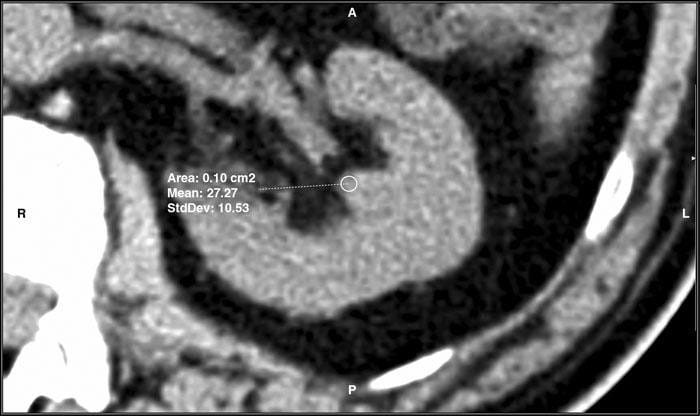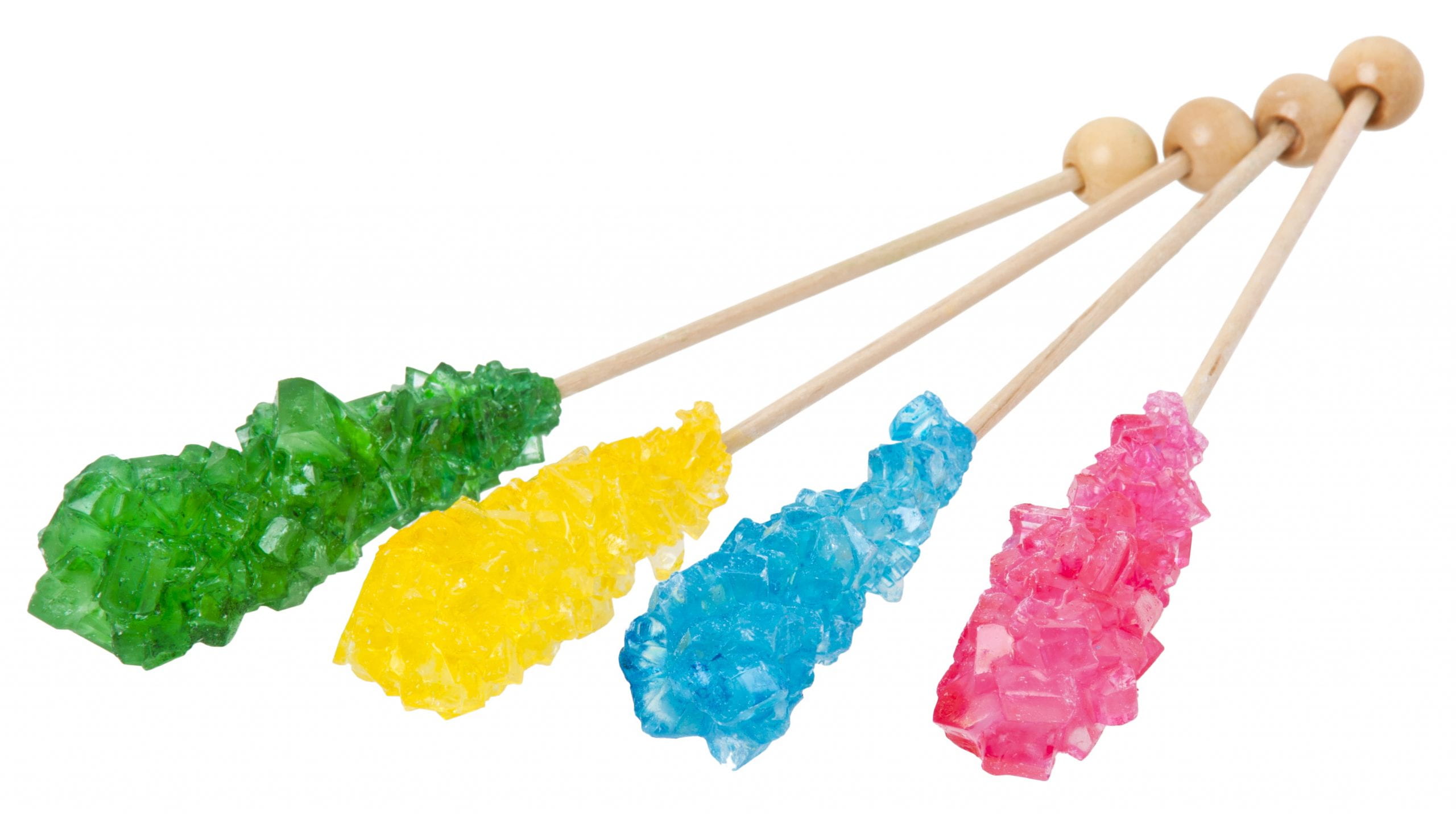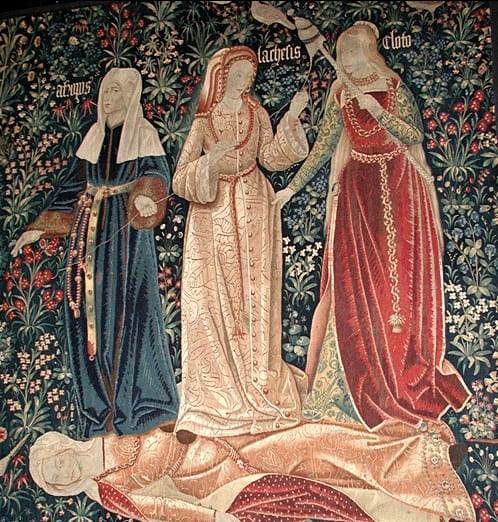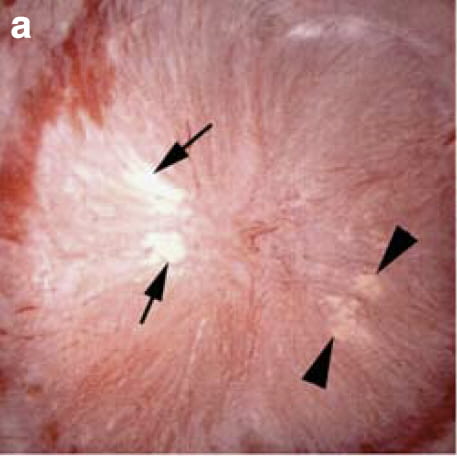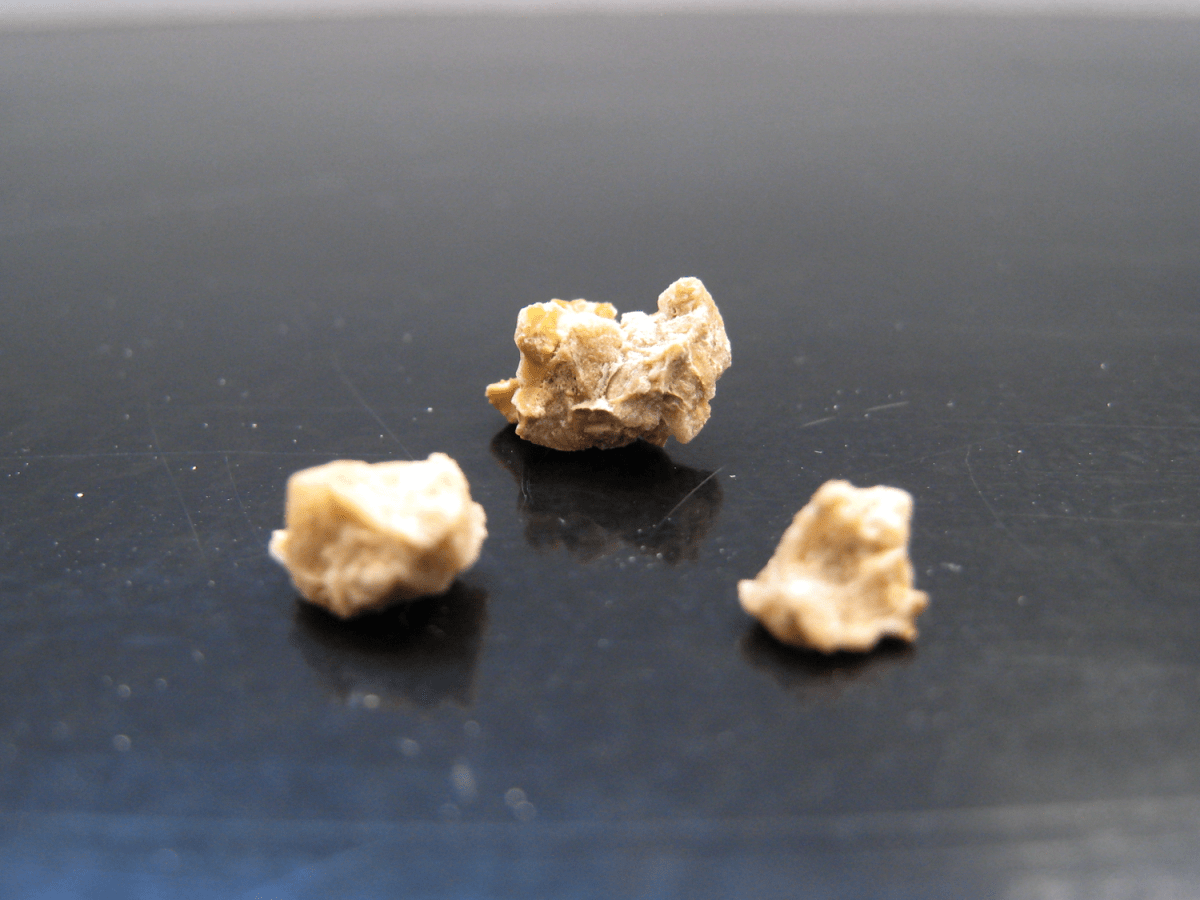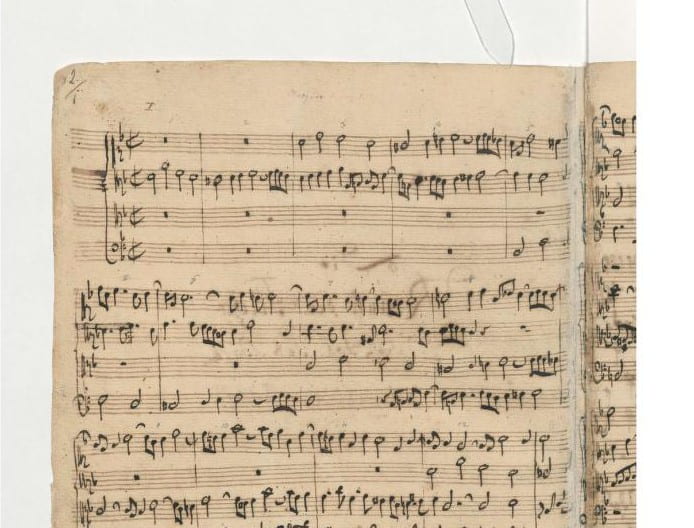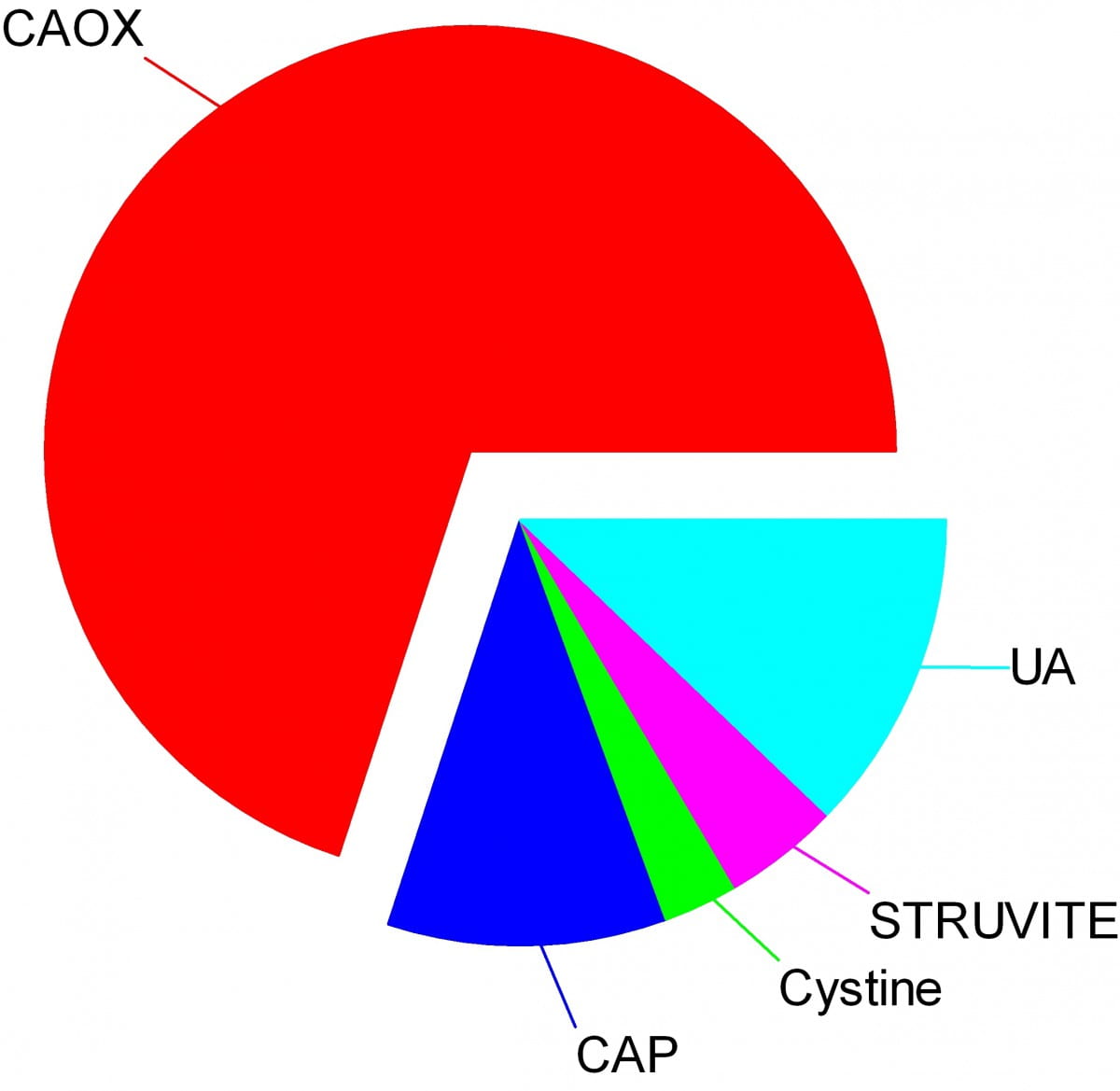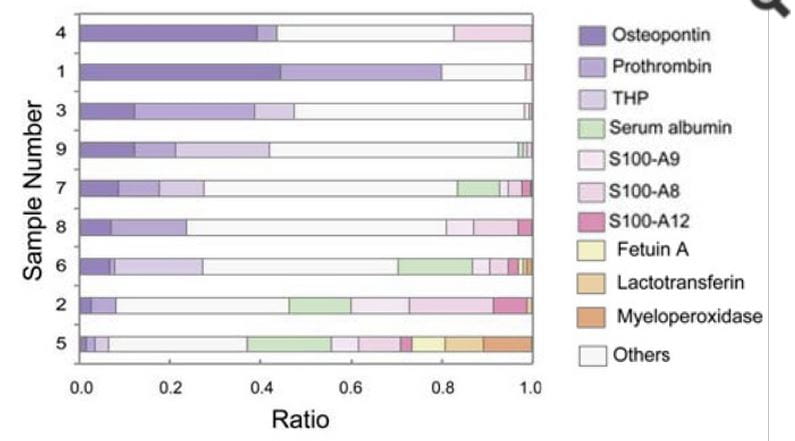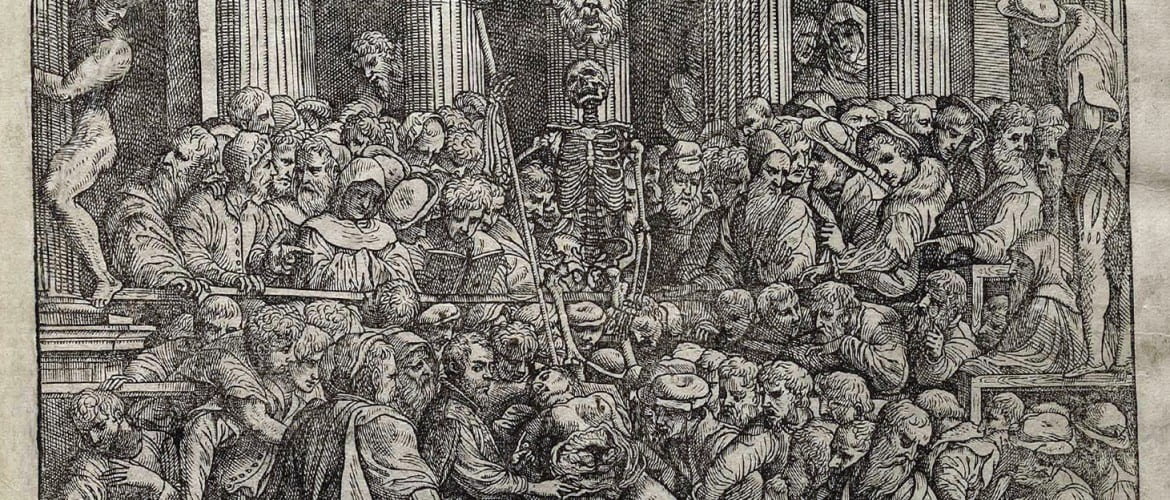
For Physicians
Content Collections
Guide Book
Video Collection
New Book
Articles For Patients
HOW TO DRINK ENOUGH WATER
One might think nothing is easier than drinking water; my experience is that nothing is a lot harder, as least for a large fraction of patients. The new post by Jill Harris is all about how. Jill spent 12 years at Litholink corporation, now a subsidiary of LabCorp, supervising their team of telephone patient care representatives. Her team, and she herself, dealt with thousands of patients, and how to drink enough water was always a large issue. As practice will do, she has gradually built up her bag of tricks for patients, and shares some of them here, with you. Now in her own practice, Jill continues to help people prevent stones by showing them how to actually accomplish what their doctors urge them to do.
DENSE PAPILLA BY CT MAY REFLECT LOW FLUID INTAKE
Something In their Papillae Video: The Story With Less Detail The papilla is where urine leaves the kidney. It is where plaque forms, and plugs. Most calcium stones form there. Though just a few millimeters long, those few millimeters extract water and supersaturate...
SUPERSATURATION
Supersaturation Supersaturation names the force that makes crystals. Because it does, we measure supersaturation to understand why a patient makes stones, and we reduce risk of more stones by lowering supersaturation. Fortunately, universal and quantitative laws...
SUPERSATURATION AND THE STONE CRYSTALS
A NEW AND USEFUL REVIEW THE FUNDAMENTAL MEASUREMENT OF STONE PROPENSITY The three Moirai, or the triumph of death, Flemish tapestry ca 1520, Victoria and Albert Museum, London, depicts Clotho, who spins the thread of life, Lachesis, who measures out the length of the...
Chapter 11: Ileostomy and Kidney Stones
The large picture shows a papillum of a patient with ileostomy as seen at surgery for stone removal. The large white patch between the arrows is plaque, the stuff calcium oxalate stones can anchor to and grow on. The yellow material between arrowheads is terminal...
WHAT KIDNEY STONES ARE
Hard unwanted objects made in the kidneys, stones can cause pain, bleeding, and urinary tract obstruction. Because stone surgery often infects the urinary system, and bacteria easily infect stones retained in the kidneys, infection follow stones like a shadow. Stones...
ART OF STONE PREVENTION
A particular manner Here and there physician friends have asked me about how I practice. But however much I have written about kidney stones, nowhere before have I told about how I practice because I feared my style might seem too odd. But it is not if you consider...
KIDNEY STONE TYPES
Kidney stone types Crystals make stones and their names signify the kidney stone types. Here are the names of the crystals that make the stones: CAOX, Calcium Oxalate; CAP, Calcium phosphate; UA, Uric Acid; Cystine; Struvite. The wedges on my pie chart show the...
KIDNEY STONE ANALYSIS: How Bad is It?
How bad is kidney stone analysis? I have pointed out the crucial importance of kidney stone analysis. Likewise, if possible, I analyse every stone because crystal type can change. But does this not raise the obvious question: How good are stone analysis labs? At first...
KIDNEY STONE MATRIX PROTEINS
When I wrote the original article in 2014 limitations of proteomics seemed the main obstacle. This new work by Dr Frank Witzmann shows us the other side of the problem. A master of the modern proteomic techniques, with them Frank shows that the number of unique proteins in just two human calcium oxalate kidney stones is over 1,000. If inadequacy of technique stymied us two years ago, inadequacy of intellect – at least of mine – stymies at least me, now. What to make of so many proteins! What are they doing there? Which ones matter in stone genesis? We have the methods, we have stones to work on, but what shall we ask? As always, the magic is in the vision.


